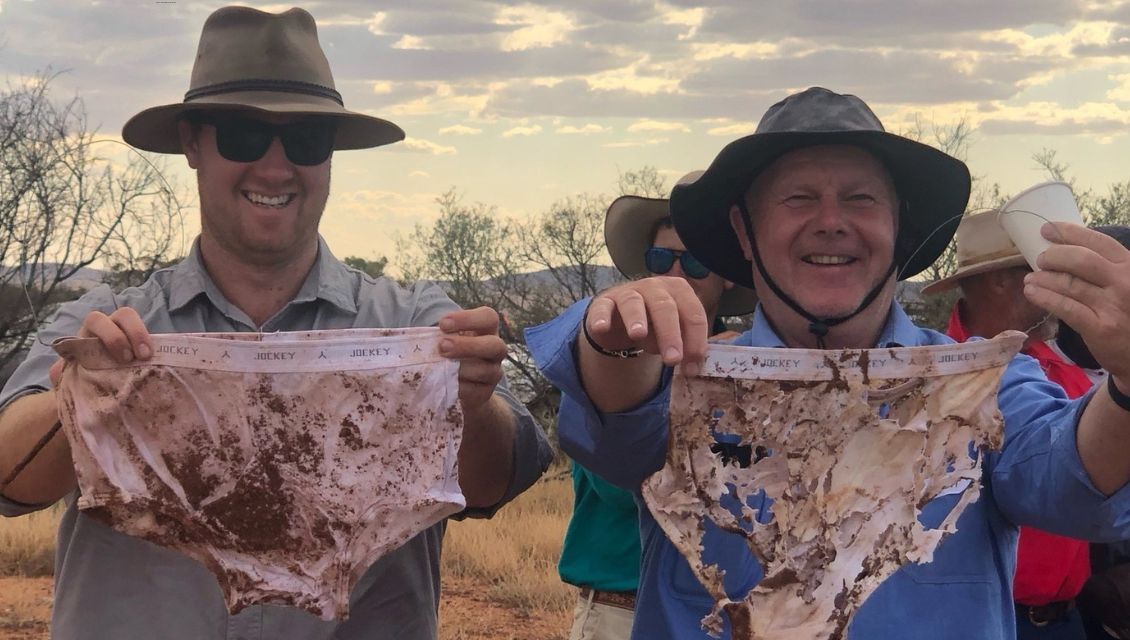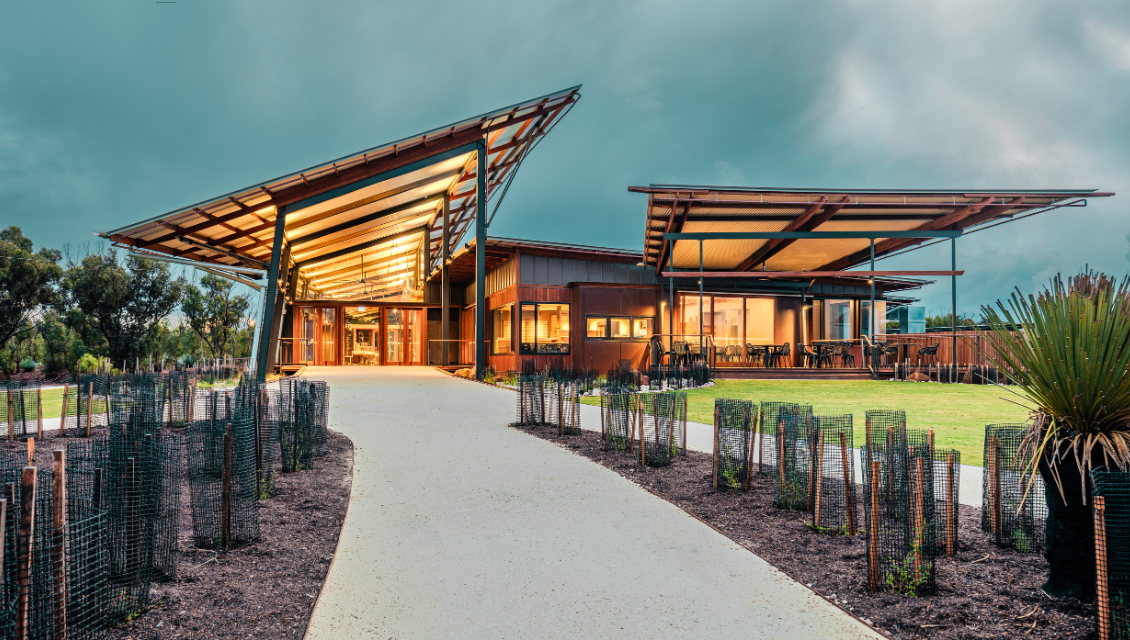
More than 80 marine and environmental experts from around Australia have come together to discuss the impacts of the unprecedented algal bloom impacting parts of South Australia’s coastline.
The Harmful Algal Bloom (HAB) Science Forum, organised by the South Australian Research and Development Institute (SARDI), the research arm of the Department of Primary Industries and Regions (PIRSA), was held at the South Australian Aquatic Sciences Centre in West Beach on 3 June 2025.
The event brought together leading aquatic scientists from South Australia, national research institutions and universities, government agencies and other community stakeholders.
Experts on HABs from New Zealand also provided valuable insight.
HABs are large growths of microscopic algae that can affect marine life, human health and water quality.
The last notable bloom featuring this type of algae in South Australian waters was at Coffin Bay in 2014.
To assist in preparing for future incidents, participants reviewed the latest scientific findings, shared operational insights, identified knowledge gaps, and suggested priority actions for ongoing and future research and monitoring.
This will assist to understand the broad impacts of the current HAB and mitigate and manage future events for the marine ecosystem, coastal industries and public health.
The naturally occurring bloom has been affecting beaches on the Fleurieu Peninsula, South Coast, Kangaroo Island and along the southern coast of the Yorke Peninsula since March.
Experts believe there are three plausible contributing factors to the bloom:
- The ongoing marine heatwave impacting southern Australian waters since September 2024, with water temperatures 2.5°C warmer than usual, as well as relatively calm marine conditions with little wind and small swells.
- The 2022-23 River Murray flood washing extra nutrients into the sea.
- An unprecedented cold-water upwelling that occurred in the summer of 23-24, which has brought nutrient-rich water to the surface.
A dynamic situation, the bloom travels depending on weather and ocean conditions, and the impact on people, coastal industries and the ecosystem in impacted areas is therefore unpredictable. There is no feasible method to dilute or dissipate the bloom.
Government agencies, including PIRSA, Department of Environment and Water, Environment Protection Authority and SA Health are working together to monitor the situation, conduct sample testing at various locations, and to ensure the community has access to the environmental, primary product ion and health information they need to safely enjoy the coast.
ion and health information they need to safely enjoy the coast.
PIRSA has been providing the SARDI South Australian HAB Situation Updates to the commercial fisheries and aquaculture sectors, as well as RecFish since April.
These updates are also available here.
The bloom is expected to remain present until the state receives regular and strong westerly winds associated with passing wintertime low pressure systems, however ongoing high-pressure systems affecting southern Australia have delayed these winds.
Outcomes from the meeting will be collated to inform and improve government preparedness to respond to and mitigate future events.
SARDI Executive Director Professor Mike Steer said that the whole-of-sector approach in dealing with the current bloom ensured South Australia was "well placed to manage the immediate risk and build resilience for the future".
"Unfortunately indications are that while the scale of this current event is unprecedented, the impacts of climate change is such that we can expect such incidents again into the future," Prof. Steer said.
"By harnessing the collective expertise of all involved from this event, we are shaping a robust and informed response to protect South Australia’s unique marine ecosystems and the communities that depend on them."







